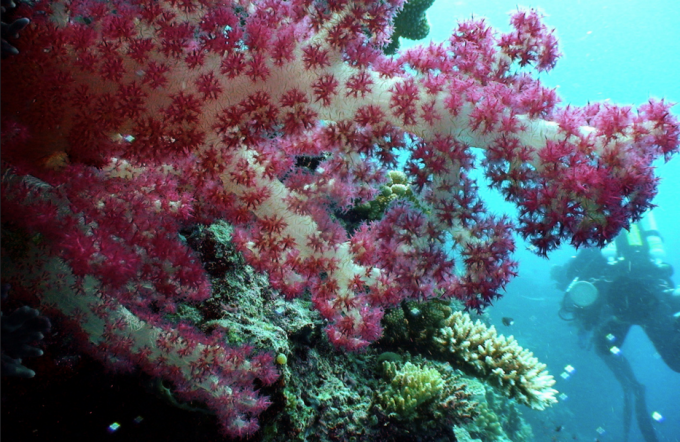
Only Four Percent Of The Ocean Is Protected, New Study Reveals
Only Four Percent Of The Ocean Is Protected, New Study Reveals
Only four percent of the ocean is protected, and marine protected areas (MPA) make up all of that four percent, according to researchers from the University of British Columbia, Institute for Ocean and Fisheries.
The researchers urge that major areas in the oceans require major conservation and protection in order to meet basic global targets, according a news release.
Representatives from over 200 countries met in Nagoya, Japan in 2010, where they adopted the United Nations’ Aichi Targets in order to preserve biodiversity. The United Nations‘ goal is to protect at least 10 percent of ocean biodiversity by 2020.
Boonaier claimed that countries need to create more MPA’s and they need to improve protection of biodiversity and ensuring that policies are enforced. In “No-take” marine protected areas, it is it is prohibited to extract any resources, which includes living resources like fish, crustaceans and seaweed as well as non-living resources, such as oil and gas. In 2006, 0.65 percent of the oceans were protected.
Early this October, the Chilean government announced that one of the largest marine reserves in the Americas was created hundreds of miles off the Chile’s coast. The new marine protected area is approximately the size of Italy. The area is known as theNazca-Desventuradas Marine Park, and it consists of 8 percent of ocean areas worldwide that have been declared off-limits to fishing.
Related Articles
Largest Marine Reserve In The Americas Created In Chile
Ocean Acidity: Sea Grass Had Better Growth In Acidic Water, According To New Study
Predictable Ecosystems Are More Fragile: New Study Shows
For more great science stories and general news, please visit our sister site, Headlines and Global News (HNGN).




